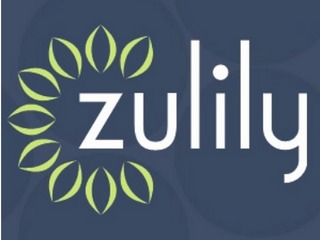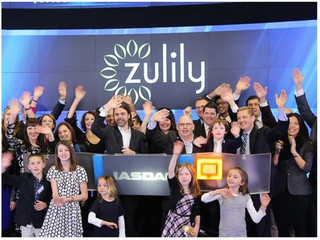

Online retailer Zulily is a really interesting case study, as the business model that once made it a powerful, and profitable, company also might be what ultimately brought it down.
Zulily is online store targeting moms shopping for apparel and gear for babies and kids. The company relied on a “flash-sales” model, in which a company puts items on sale for a set period of time, then sends emails to its registered users informing them of what has been discounted.
Rather than going with a drop shipping model, though, where the supplier ships goods directly to the consumer (this is the model that Wayfair uses), Zulily, instead, relied on a distribution method where it would buy its inventory from after the sales ended. Orders then had to be so sorted and then delivered to customers.
Doing this allowed the company to reduce prices, because it was not spending money on inventory that might never get sold, and to offer a larger selection to its customers.
“Our supply chain solution efficiently handles the small-to-medium lot sizes and high inventory turnover required by our constantly changing, limited-time product offering,” the company wrote in its S-1 filing with the SEC before going public in 2013.
“We operate a minimal inventory, intermediary model where we typically take customer orders before we purchase inventory from our vendors. As a result, we are able to offer a much larger selection of products to our customers and to generate greater sales for our vendors, who are able to match a broader range of their product supply to actual customer demand.”
This distribution method also came with a big cost, though: huge wait times.
In 2013, it was already taking an average of 11.5 days for items to be shipped from Zulily’s warehouses after customers ordered them. By the fourth quarter of last year it took an average of 13.7 days.
With the world going increasingly on-demand, and so many companies now offering same-day shipping on orders, this model was doomed. It got so bad that Zulily tried to change the model by stocking their warehouses, charging vendors to stock their goods before they were sold.
By then it was too late. By the time Zulily was acquired by QVC for $2.4 billion last month, it was struggling heavily with its growth, forcing it to cut its revenue forecast for both the upcoming quarter and the full year, leading it to be downgraded by numerous analysts.
At that point, its stock had fallen about 43 percent from its $22 IPO price.
Going forward Zulily will be merged with QVC, though it will retain its own brand. The company will remain headquartered in Seattle, and it will continue to be headed by the same management team, with Cavens remaining in his current position. Perhaps with the power of QVC behind it, Zulily will be able to cut down on the extremely long shipping times that hurt it so badly in the first place.
Prior to going public, the company had raised $138.6 million in venture funding from investors that included Andreessen Horowitz, Meritech Capital Partners, Trinity Ventures, Maveron, and August Capital.
(Image source: cdn.geekwire.com)



















